Researchers from Peking University say their resistive random-access memory chip may be capable of speeds 1,000 faster than the Nvidia H100 and AMD Vega 20 GPUs.
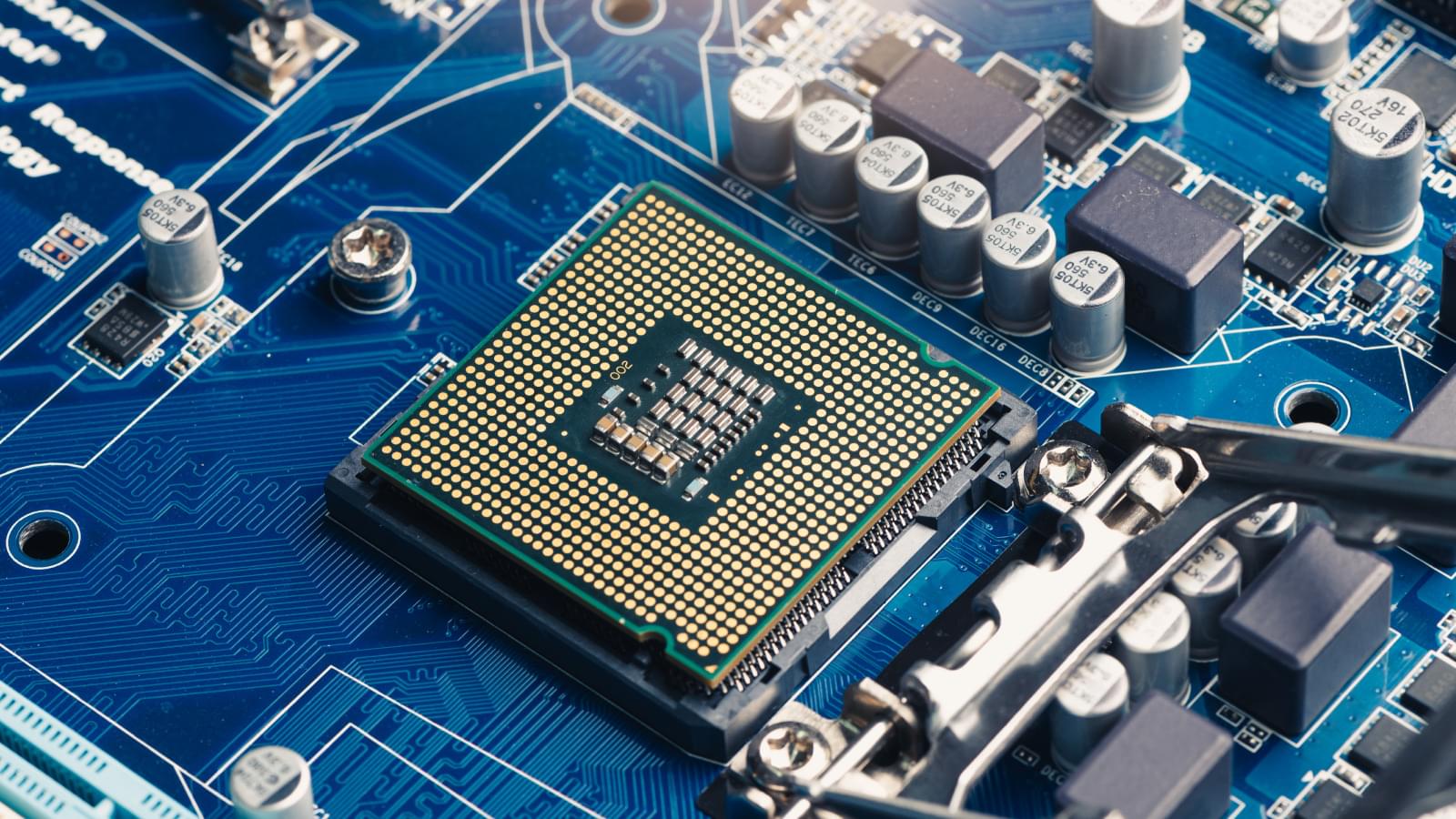

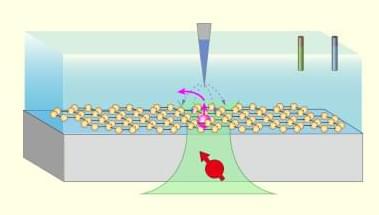
A scheme combining a scanning probe microscope with a quantum sensor can locally trigger water dissociation and observe the elementary steps of such a reaction.
Every experimental technique comes with trade-offs. High-resolution microscopy can pinpoint the positions of individual atoms, yet it typically cannot identify them chemically. Spectroscopy provides chemical information but often only as an averaged signal over a large region. To construct a comprehensive picture of processes at the nanoscale, researchers often resort to combining two or more independent methods. The metaphorical silver bullet would be a single technique that is both local and capable of identifying chemical species as they form and react. Now Wentian Zheng of Peking University and his collaborators have taken an impressive step toward that goal. They have combined two previously separate capabilities—quantum sensing and scanning probe microscopy (SPM)—into a single instrument that can trigger and observe chemical reactions with nanometer resolution [1].
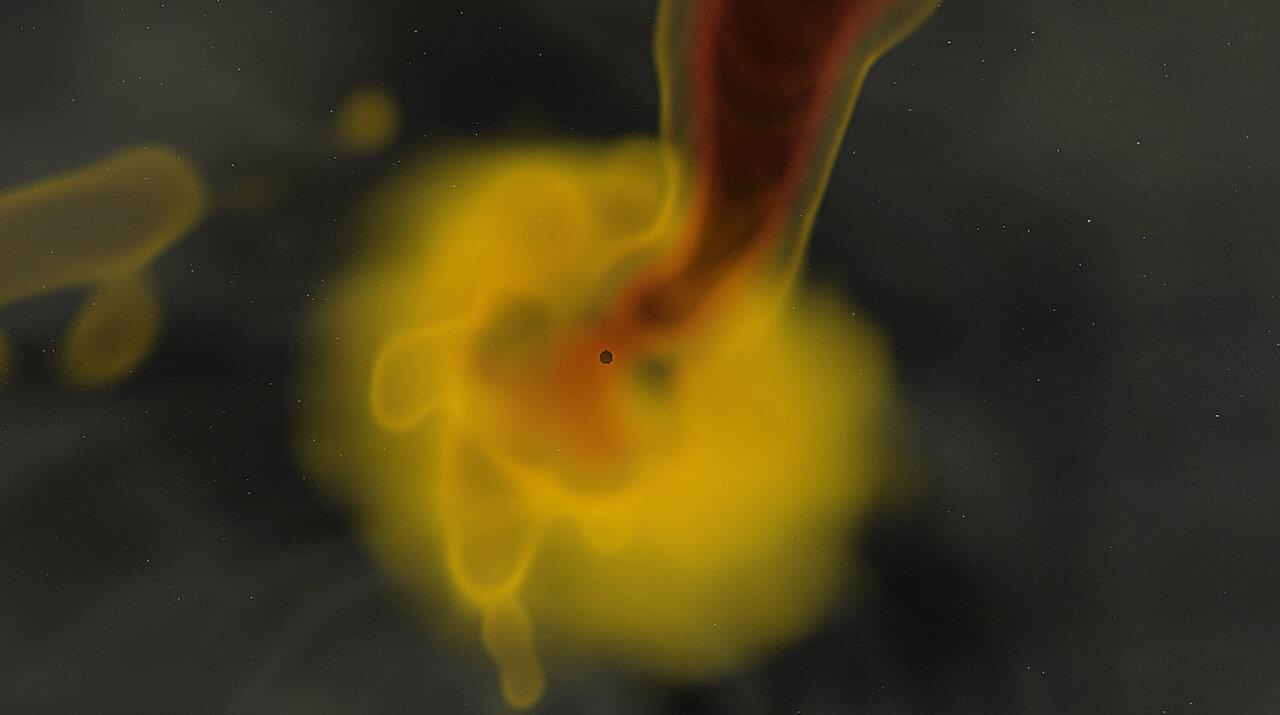
In 2023, astronomers detected a huge collision. Two unprecedentedly massive black holes had crashed an estimated 7 billion light-years away. The enormous masses and extreme spins of the black holes puzzled astronomers. Black holes like these were not supposed to exist.
Now, astronomers with the Flatiron Institute’s Center for Computational Astrophysics (CCA) and their colleagues have figured out just how these black holes may have formed and collided. The astronomers’ comprehensive simulations—which follow the system from the lives of the parent stars through to their ultimate death—uncovered the missing piece that previous studies had overlooked: magnetic fields.
“No one has considered these systems the way we did; previously, astronomers just took a shortcut and neglected the magnetic fields,” says Ore Gottlieb, astrophysicist at the CCA and lead author of the new study on the work published in The Astrophysical Journal Letters. “But once you consider magnetic fields, you can actually explain the origins of this unique event.”
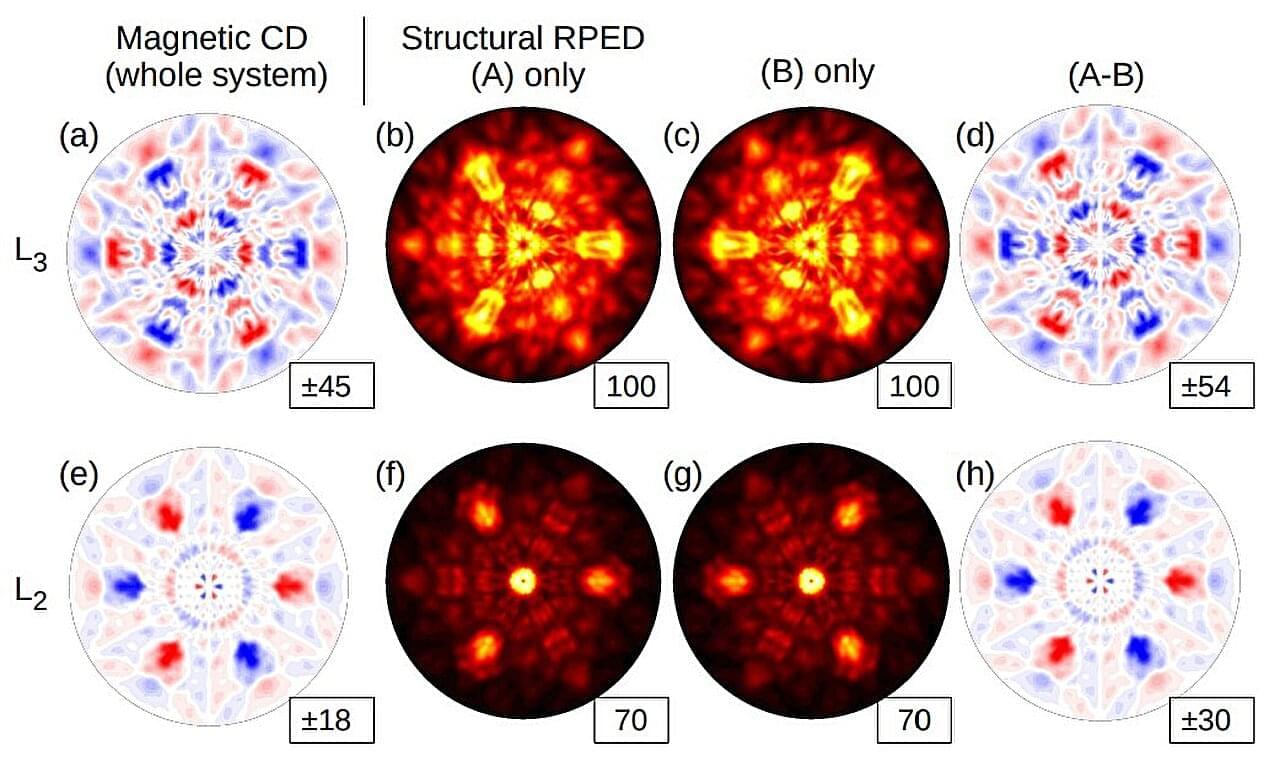
The new big thing in magnetics is altermagnetism, a form of magnetism that promises to power the next generation of electronics. Unlike ferromagnets, like a fridge magnet, where all internal atomic spins align to create a strong magnetic field, altermagnets have no net magnetic pull (strongly magnetic on the inside, but appears non-magnetic on the outside). This is similar to antiferromagnets where internal spins cancel each other out. However, altermagnets retain powerful internal properties that could let them carry and control information more efficiently than traditional magnets.
Because this magnetism has a zero net pull, it is hard to detect using standard measurement tools. In two new papers, researchers detail how they have developed X-ray techniques to map and measure different aspects of an altermagnet’s internal structure.
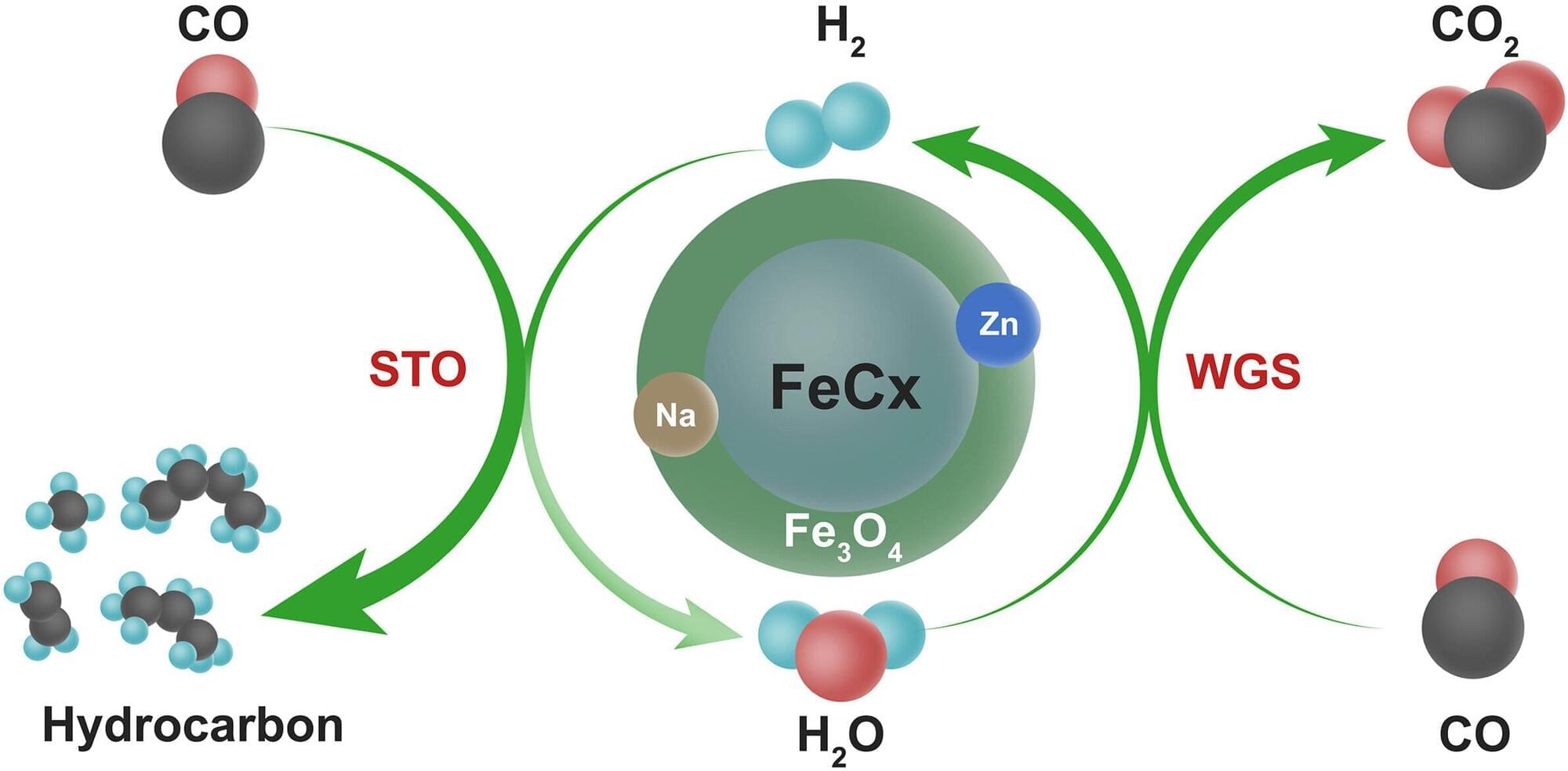
Scientists have developed a new iron-based catalyst that improves the typically low hydrogen atom economy (HAE) in the direct synthesis of olefins—small hydrocarbon molecules. It converts the water produced as a by-product into hydrogen for olefin production, thereby boosting overall efficiency.
Olefins derived from petroleum are the building blocks for many plastics and fuels. Direct conversion of syngas—a mixture of carbon monoxide (CO) and hydrogen (H2)—into olefins offers a promising alternative to reducing reliance on petroleum. It opens ways for using syngas derived from coal, biomass, or natural gas as a feedstock for olefin production.
In this study published in Science, researchers presented a sodium-modified FeCx@Fe3O4 core-shell catalyst produced via coprecipitation and thermal treatment. The catalyst achieved over 75% olefin selectivity and a 33% by weight hydrocarbon yield. It also had an HAE of ~66–86%, which is significantly higher than the ~43–47% seen in the traditional syngas-to-olefin (STO) conversion methods.

In a new study published in Nature Physics, researchers achieved the first experimental observation of a time rondeau crystal—a novel phase of matter where long-range temporal order coexists with short-time disorder.
Named after the classical musical form where a repeating theme alternates with contrasting variations (like Mozart’s Rondo alla Turca), the time rondeau crystal exhibits perfectly periodic behavior at specific measurement times while showing controllable random fluctuations between those intervals.
“The motivation for this research stems from how order and variation coexist across art and nature,” explained Leo Moon, a third-year Applied Science and Technology Ph.D. student at UC Berkeley and co-author of the study. “Repetitive periodic patterns naturally arise in early art forms due to their simplicity, while more advanced music and poetry build intricate variations atop a monotonous background.”
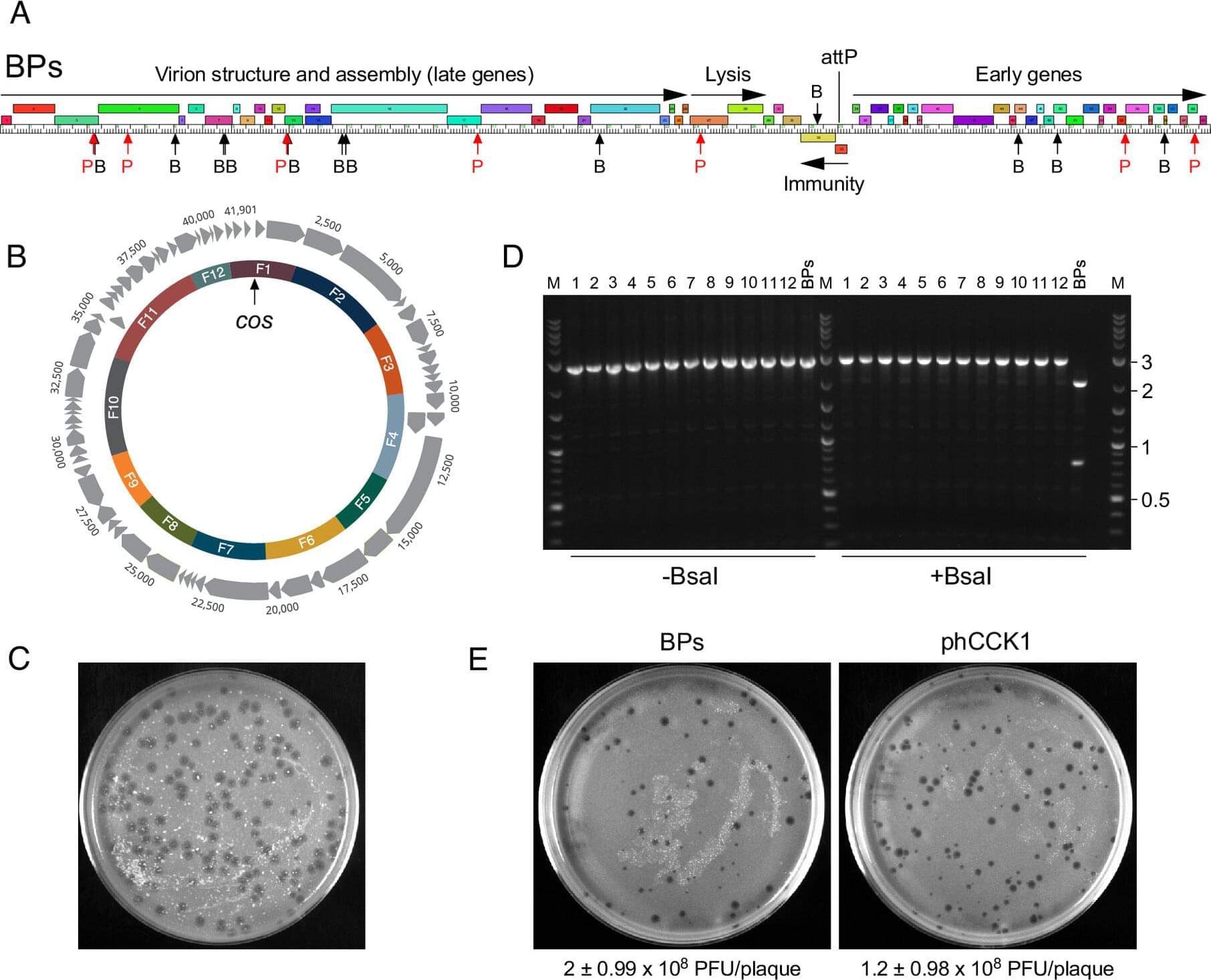
A team led by University of Pittsburgh’s Graham Hatfull has developed a method to construct bacteriophages with entirely synthetic genetic material, allowing researchers to add and subtract genes at will. The findings open the field to new pathways for understanding how these bacteria-killing viruses work, and for potential therapy of bacterial infections.

Your conversations with AI assistants such as ChatGPT and Google Gemini may not be as private as you think they are. Microsoft has revealed a serious flaw in the large language models (LLMs) that power these AI services, potentially exposing the topic of your conversations with them. Researchers dubbed the vulnerability “Whisper Leak” and found it affects nearly all the models they tested.
When you chat with AI assistants built into major search engines or apps, the information is protected by TLS (Transport Layer Security), the same encryption used for online banking. These secure connections stop would-be eavesdroppers from reading the words you type. However, Microsoft discovered that the metadata (how your messages are traveling across the internet) remains visible. Whisper Leak doesn’t break encryption, but it takes advantage of what encryption cannot hide.
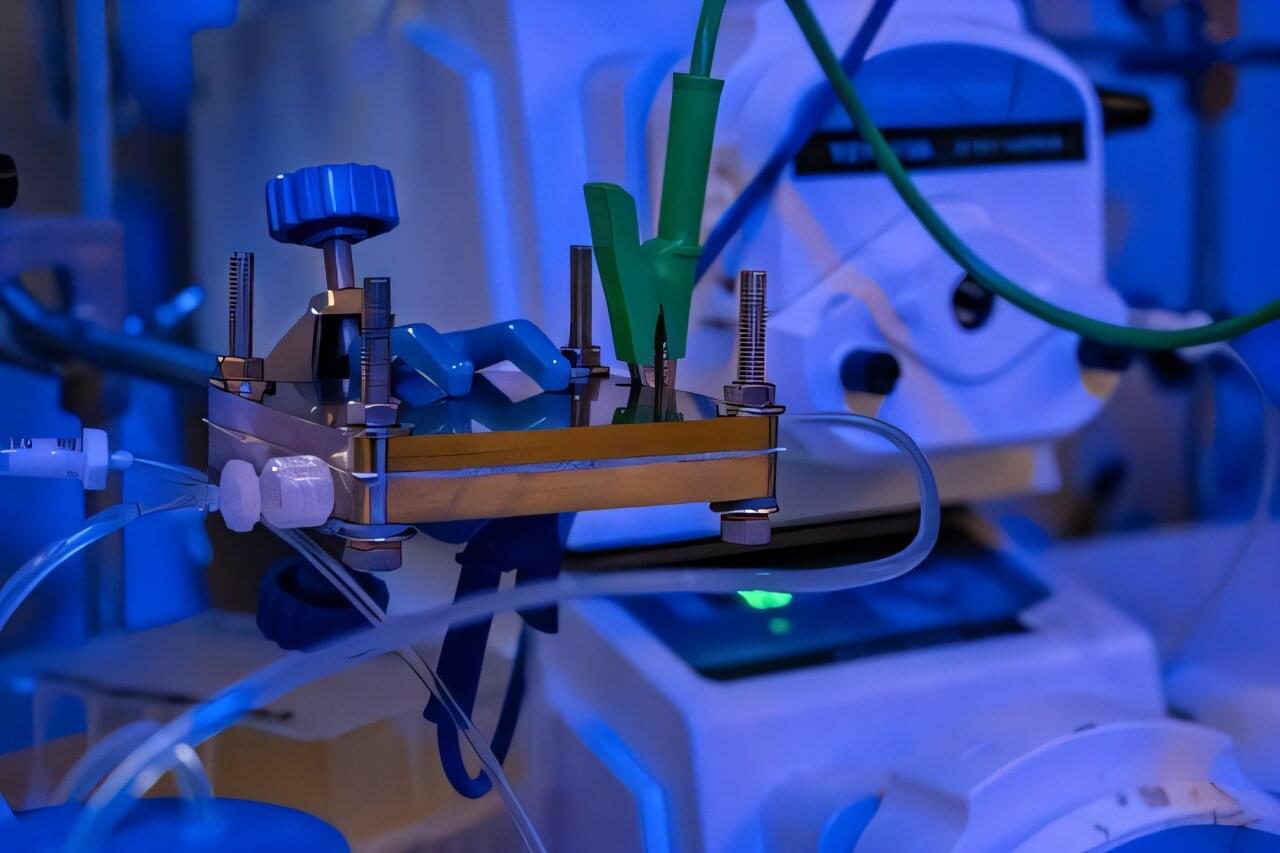
As global electric vehicle adoption accelerates, end-of-life battery packs are quickly becoming a major waste stream. Lithium is costly to mine and refine, and most current recycling methods are energy- and chemical-intensive, often producing lithium carbonate that must be further processed into lithium hydroxide for reuse.
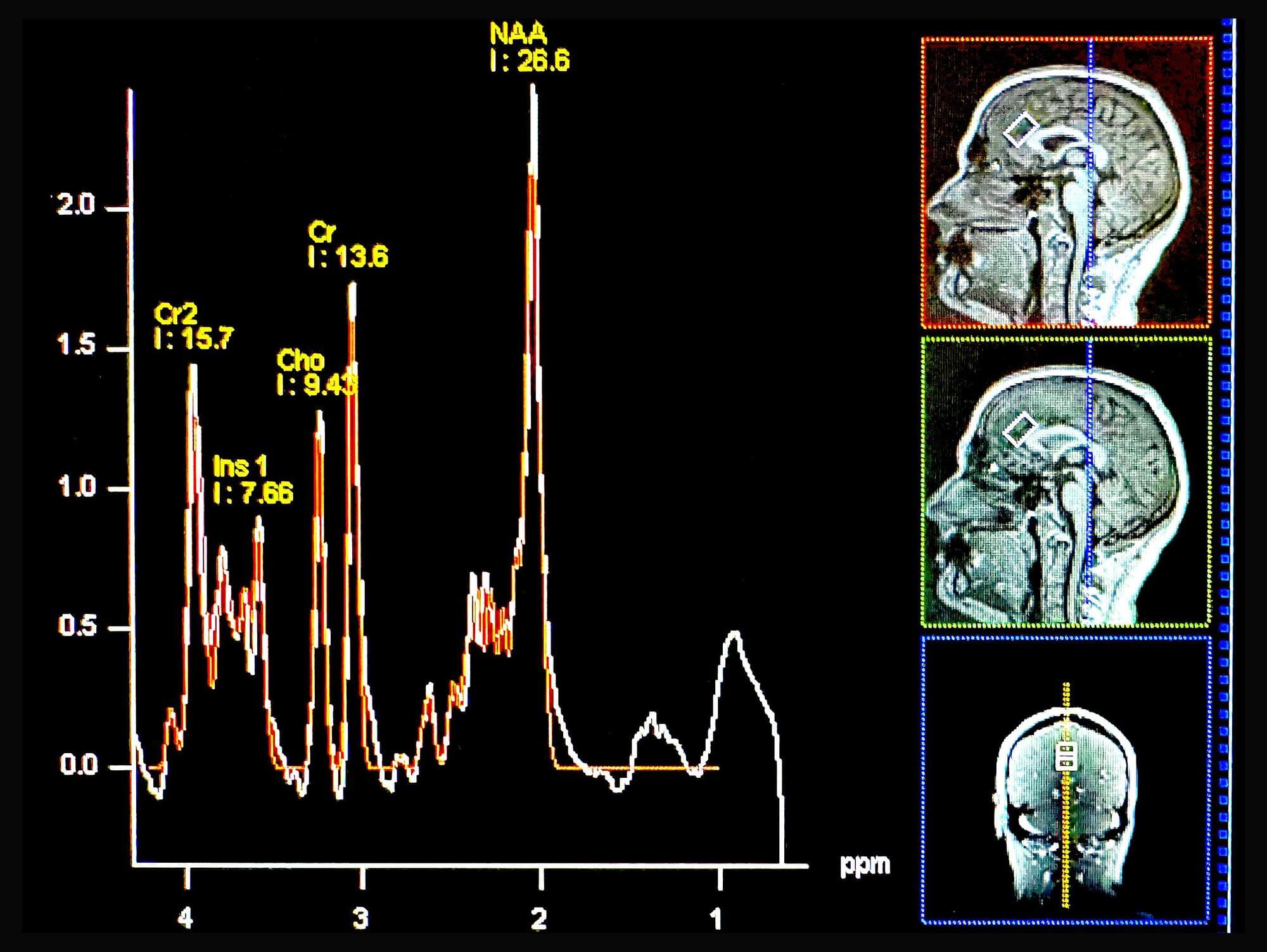
People with anxiety disorders have lower levels of choline in their brains, according to research from UC Davis Health.
The study, published in the journal Molecular Psychiatry, analyzed data from 25 studies. The researchers compared the levels of neurometabolites—chemicals produced during brain metabolism —in 370 people with anxiety disorders to 342 people without anxiety.
They found the level of choline—an essential nutrient—was about 8% lower in those with anxiety disorders. The evidence for low choline was especially consistent in the prefrontal cortex, the part of the brain that helps control thinking, emotions and behavior.